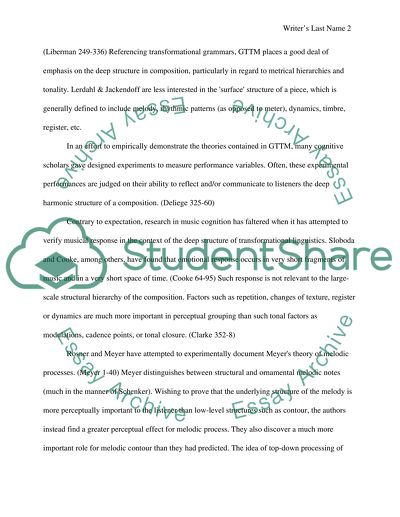Cite this document
(“Musical investigation of the Faahae Tabu using concepts of Music Essay”, n.d.)
Retrieved de https://studentshare.org/music/1519469-musical-investigation-of-the-faahae-tabu-using-concepts-of-music
Retrieved de https://studentshare.org/music/1519469-musical-investigation-of-the-faahae-tabu-using-concepts-of-music
(Musical Investigation of the Faahae Tabu Using Concepts of Music Essay)
https://studentshare.org/music/1519469-musical-investigation-of-the-faahae-tabu-using-concepts-of-music.
https://studentshare.org/music/1519469-musical-investigation-of-the-faahae-tabu-using-concepts-of-music.
“Musical Investigation of the Faahae Tabu Using Concepts of Music Essay”, n.d. https://studentshare.org/music/1519469-musical-investigation-of-the-faahae-tabu-using-concepts-of-music.


